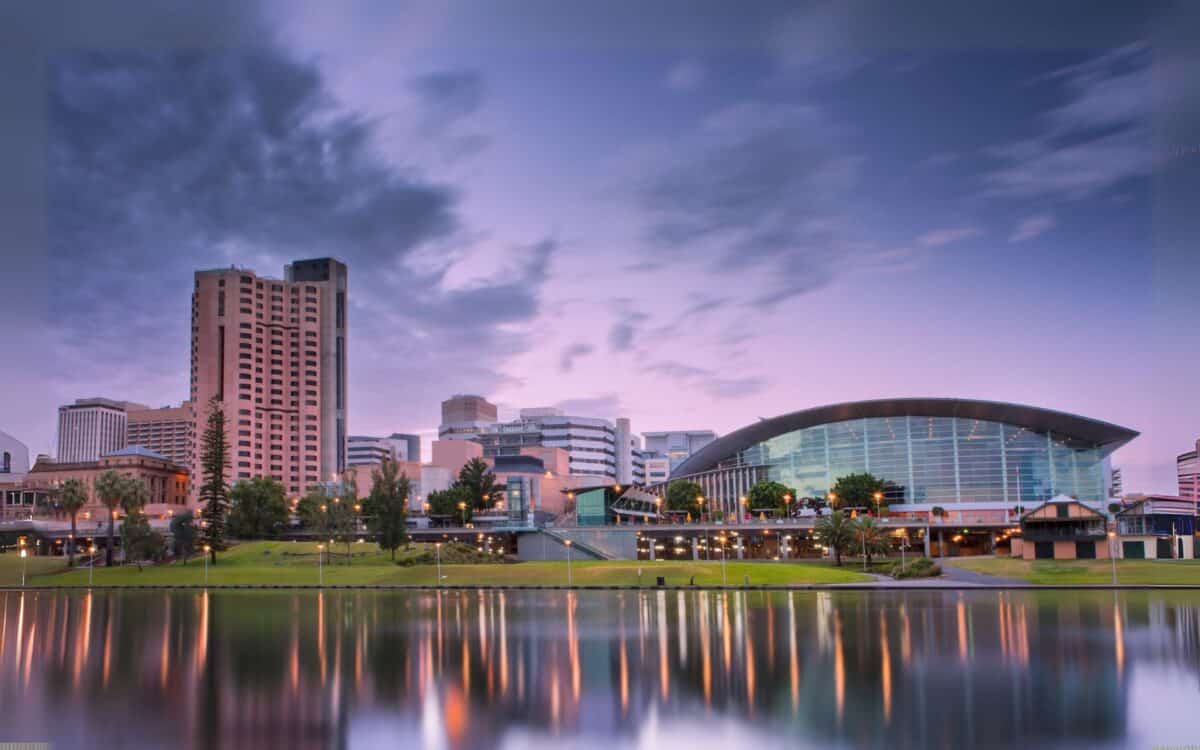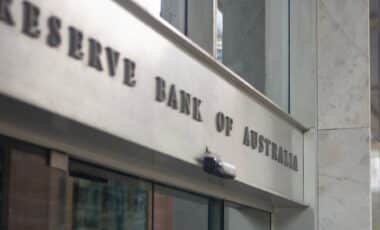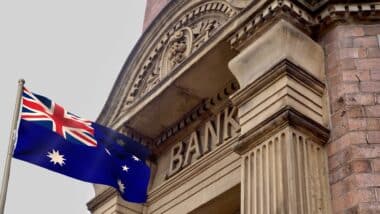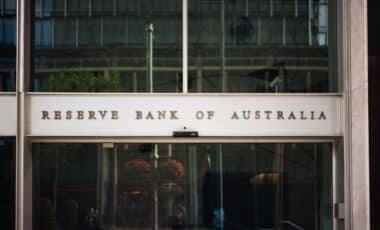Australia’s housing market is entering a period of growing divergence, marked by contrasting trends across major cities.
One of the most striking developments is Adelaide reaching a new milestone in March, becoming the fifth Australian capital where the median house price has surpassed $1 million. This rise comes at a time when overall market momentum is weakening.
According to data reported by The Guardian, national housing prices grew at their slowest pace in two years, and unit values declined in several capitals. Despite this cooling trend, Adelaide has bucked the pattern, reflecting strong local demand and shifting buyer dynamics.
Adelaide House Prices Cross $1 Million Amid Deceleration in National Growth
According to Domain’s latest quarterly report, Adelaide’s median house value reached $1 million in March, joining Sydney, Melbourne, Brisbane, and Canberra in the million-dollar tier.
This came during a period where national housing growth slowed to its lowest pace in two years, with house prices rising just 0.7% over the quarter.
Dr Nicola Powell, Domain’s chief of research and economics, described the change in momentum:
“While house prices are still rising nationally, the pace of growth has slowed to just one-third of what it was last year,” she said.
National Apartment Values Decline Despite Gains in Some Cities
While Adelaide, Sydney, and Brisbane recorded record-high apartment values, unit prices declined across most other capital cities, dragging the national median down by $3,000 from its December 2023 peak.
Brisbane’s two-year streak of house price growth ended, although its apartment market extended a four-year run of gains. Only Adelaide and Sydney recorded simultaneous increases in both houses and apartments over the quarter.
Affordability, Interest Rates and Global Uncertainty Dampen Sentiment
The slowdown is largely driven by persistent high interest rates, diminished affordability, and a rise in economic uncertainty, including the fallout from Donald Trump’s new tariffs. Additionally, federal tax offsets, often used to ease mortgage pressure, have not kept pace with rising property prices, limiting their impact on affordability for many new buyers.
This environment has created what Dr Powell called a strategic opening for some, stating:
“It could be a window of opportunity for buyers, particularly with both major parties proposing new support for first home buyers ahead of the election,” she noted.
In Canberra, both house and unit prices fell over the quarter, reflecting a broad-based decline. In Melbourne, property values remain approximately $50,000 below their 2021 peak, suggesting that a full recovery is still some way off.
These local dynamics highlight the uneven nature of the current cycle. While Adelaide pushes into new price territory, other cities remain below past highs or trend sideways.
Political Debate Highlights Price-Growth Dilemma
As the federal election approaches, both major parties have announced policies aimed at first-home buyers, including expanded tax offsets and buyer grants. While these measures may improve access in the short term, economists caution they could amplify demand and increase prices if housing supply remains constrained.
In a recent debate, Housing Minister Clare O’Neil and Coalition housing spokesperson Michael Sukkar clashed over housing affordability. Sukkar reiterated Peter Dutton’s stance that “modest rises outpaced by wage growth” would protect existing homeowners while still aiding new buyers.
While the Reserve Bank of Australia (RBA) forecasts wage growth of 3.4% in 2025, Domain expects house prices to rise by at least 4%, which may further stretch affordability even with policy support.
Looking ahead, Adelaide and Perth are tipped to lead growth. Perth, currently just below the $1 million threshold, is expected to reach that mark by late 2025, driven by ongoing demand, economic migration, and potential interest rate cuts.
Following one rate cut in February, analysts expect the RBA to lower rates at each of its next four meetings, creating conditions that may reignite national property growth — especially in markets like Adelaide that have shown strong resilience.









